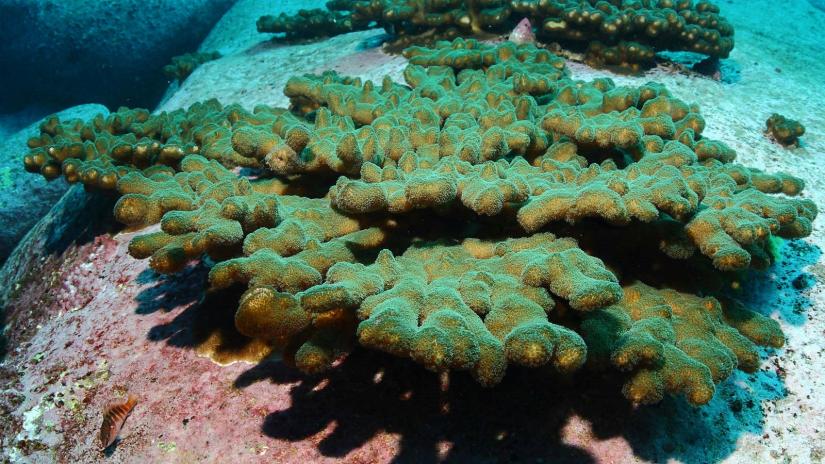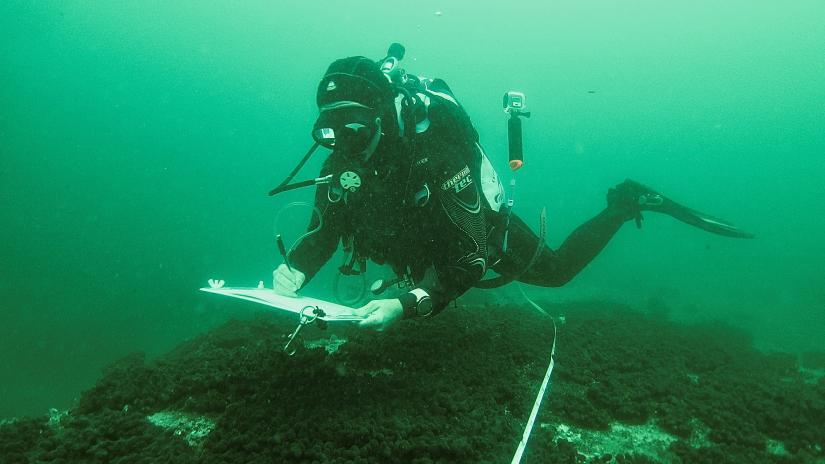Subtropical corals are heading south to Sydney. Are they dangerous invaders or harmless refugees?

Populations of Pocillopora aliciae are thriving in coastal Sydney. Photo credit: John Sear
Worsening environmental pressures, such as higher sea temperatures, are causing the catastrophic loss of coral cover around the globe. As the waters of the Great Barrier Reef warm, subtropical corals are heading south in search of cooler waters.
Sydney has recently become home to a new subtropical coral, which raises a significant question: could Sydney be a refuge for corals displaced by climate change?
The answer, say coral reef researchers at the University of Technology Sydney (UTS), is yes … but.
A new study, analysing the metabolism of these new corals under existing and future warming scenarios, found the invading subtropical corals will survive and thrive in coastal Sydney.
Study leader Dr Jen Matthews, of the Future Reefs Program at UTS, says warming could spell trouble for existing Sydney coral species.

Dr Jen Matthews surveys the health and spread of Sydney’s corals. Photo credit: Dr Brigitte Sommer.
“While we found these corals possess the machinery to withstand large changes in temperature, those temperatures could kill the existing corals in Sydney. This is incredibly important when we consider the future of Sydney’s precious ecosystems,” Dr Matthews says.
“Coastal Sydney falls in the temperate climate zone, so the establishment of subtropical coral populations raises some interesting questions, such as how can they survive at the edge of existence? We are continuing to examine how corals can live and breed in temperate, or suboptimal, environments, and how we might use this knowledge to help us to protect Australia’s reefs into the future.
“The ecological services and economic revenue of the Sydney marine environment make it a very valuable ecosystem but it is under continuous threat from climate change and urbanisation, causing increased stormwater inflows and habitat modification.”
However, co-investigator Dr Brigitte Sommer (UTS) says there may be exciting upsides – increasing the biodiversity and complexity of Sydney’s marine ecosystems could bring benefits in terms of refuge for reef fish, coral crabs and potentially other coral species.
“Determining which coral species will be able to migrate poleward in warming seas and how they will interact with local species is critical so we can protect these dynamic ecosystems into the future,” Dr Sommer says.
Researchers from University of Sydney, University of Queensland and Queensland University of Technology also took part in the study.
The paper Physiological factors facilitating the persistence of Pocillopora aliciae and Plesiastrea versipora in temperate reefs of Southeastern Australia under ocean warming is published in the journal Coral Reefs

